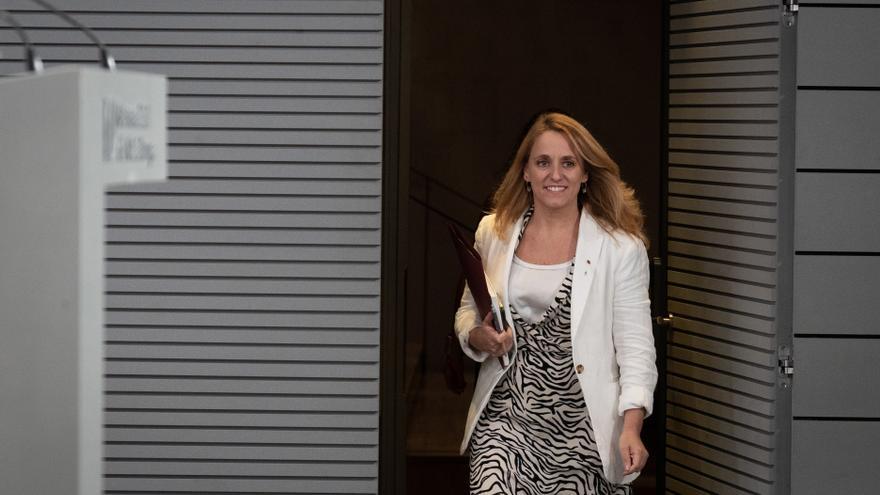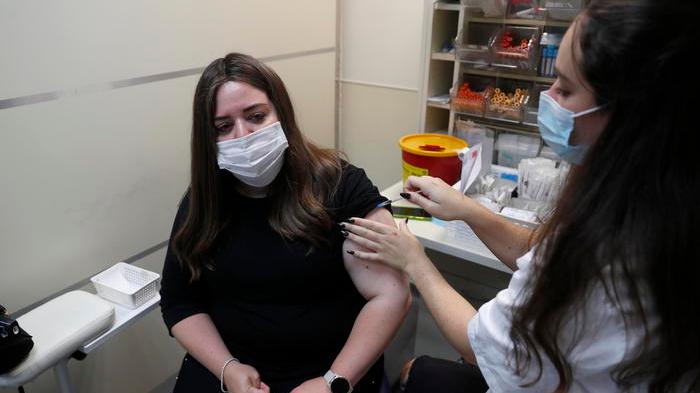If the US Treasury is able to issue government bonds with short-term maturities and guarantee an attractive rate, it will create ideal conditions for funds to buy US debt, minimizing the consequences in terms of liquidity. Analysis by Giorgio Broggi, quantitative analyst at Moneyfarm
Although the recent agreement on the suspension of the debt ceiling precluded the risk of default in the US in extreme cases, the months of inertia nonetheless have had major repercussions for US Treasury coffers which, if in mid-2022 they have one of the “current” assets . At about $1,000 billion, last month it’s down to just $150 billion (while covering current expenses usually imposes a balance of at least $500 billion).
The erosion of these reserves, due to the payment of state expenditures in the months preceding the debt ceiling agreement, now makes it necessary to reconfigure a liquidity stock of at least 600/700 billion dollars (in addition to the 500 billion that will be allocated for paying state expenses). Such an amount, which will be financed within a few months by issuing government bonds, can create significant pressure on the market. Above all, it will be necessary to understand whether the financing of American debt will be banks or money market funds that, at the moment, own more than 5,000 billion dollars in various assets and invest in short-term debt securities and in the so-called reverse repo facility, which is A mechanism that allows them to loan money to the Federal Reserve overnight, in exchange for short-term government bonds. The money invested in this facility, which does not enter the economic system, has no direct impact on the liquidity of the financial system.
If banks buy safes
If the main buyers of US debt were banks, then those banks, by diverting their cash reserves into debt securities, would lead to less liquidity in the market, because the same reserves would no longer be usable to finance growth through loans to consumers and businesses. Based on this hypothesis, it would not be farfetched to see a decrease in the reserves of the US banking system from the current 3000 billion to 2500 billion dollars, a level that is not low in itself, but it may raise doubts about the stability of the US banking system. The privileged banking system and schemes, already weakened by the persistent hike in interest rates by the Federal Reserve and the bankruptcy of three regional credit institutions last March. Thus, reducing liquidity in the market could lead to more danger to the integrity of the US banking system, making it more vulnerable and less prepared for potential shocks, and potentially setting a series of negative effects, as brokerage firms, hedge funds and other financial institutions see the market It is its main source of financing.
In any case, bringing new government bonds onto the market will put pressure on banks on two different fronts:
- The first has to do with competition: households and corporations will be encouraged, rather than keeping their deposits in the bank, to invest in US debt, which will provide them with higher returns. As a result, to attract new customers, banks will have to raise interest rates on deposits, and in order not to erode their profit margins excessively, they will end up raising interest rates on loans to companies and individuals;
- The second relates to higher interest rates: a flow into government bonds would reduce the total amount of reserves banks have access to at the Federal Reserve, reducing liquidity within the financial system and driving up interest rates.
Although the US Central Bank is considering plans to reduce reserve liquidity very gradually, the ultimate fear is that we will witness an episode similar to the one that occurred in September 2019, when liquidity management contributed to the rise in the interbank rate by the Federal Reserve from 2.14 to 2.25%. , which forced the central bank to intervene by pumping liquidity to a total of $260 billion, figures not seen since 2008.
If money buys safes
The second and more likely option is that of money market funds that could fully cover the government’s requirements by purchasing more than $1,960 billion in a reverse repo facility by buying most of the debt. This appears to be the most viable path for the US Treasury, since this money, already “parked” at the Federal Reserve overnight, would have minimal ramifications on the liquidity front if it were moved from the Reserve Repo Facility to short-term government bonds. The basic idea of the Treasury is to issue government bonds with a short-term maturity, in order to encourage money to buy US debt, at least on paper. The unknown factor in this case is whether the funds actually want to buy government bonds: for now, the government has managed to convince them to fund the debt by paying a rate of just over 5%, a rate that probably should increase if the Treasury is to encourage purchases. huge. Indeed, if the Treasury were to issue securities with a yield lower than what is currently guaranteed by the reverse repo facility, money market funds would most likely not be willing to buy US debt, leaving it to the banks, with consequent critical issues in terms of reducing reserves and market liquidity. .
On the contrary, if the US Treasury is able to issue government bonds with short-term maturities and guarantee an attractive rate, it will create ideal conditions for funds to buy US debt, and at the same time it will be able to reduce the consequences in terms of liquidity. And to keep bank reserves above the alert level.
For now, the plan appears to be working, with the reverse repo facility seeing payments of close to $300 billion last month, close to the government’s total issuance of Treasury bills over the same period.

“Prone to fits of apathy. Introvert. Award-winning internet evangelist. Extreme beer expert.”



